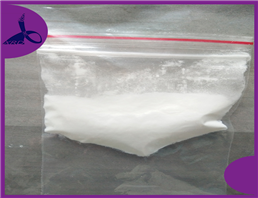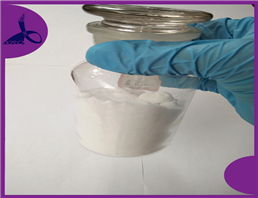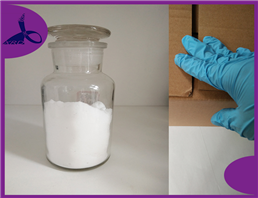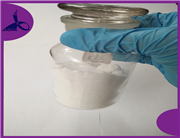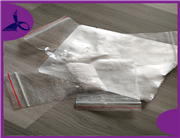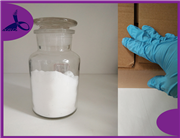Nootropic Powders Prl-8-53 HCl CAS: 51352-87-5 Prl-8-53
Prl-8-53 HCl Quick Detail:
Name:PRL-8-53 HCl
Chemical name:Methyl 3-(2-(benzyl(methyl)amino)ethyl)benzoate
Synonyms:PRL-8053;PRL-8-53;Methyl 3-(2-(benzyl(Methyl)aMino)ethyl)benzoate hydrochloride;3-(2-Benzyl(methyl)aminoethyl)benzoic acid methyl ester hydrochloride;m-[2-(Benzylmethylamino)ethyl]benzoic acid methyl ester hydrochloride;Benzoic acid, 3-(2-(Methyl(phenylMethyl)aMino)ethyl)-, Methyl ester, hydrochloride
CAS 51352-87-5
MF:C18H22ClNO2
MW 319.82578
Dosage:Subjects in human trials have been given up to 100 mg a day and did not appear to develop any negative side effects.
PRL-8-53 HCL Description:
PRL-8-53 (chemical name Methyl 3-(2-(benzyl(methyl)amino)ethyl)benzoate) is a synthetic nootropic compound discovered in 1972 and patented in 1975 by the late Dr. Nikolaus Hansl, a neuropharmacologist at Creighton University in Omaha, Nebraska. Preliminary animal tests indicated that the compound was both safe and significantly nootropic, boosting avoidance learning in rodents with no adverse effects. But the real interest in PRL-8-53 was sparked by a 1978 study on human volunteers, which showed that a single dose of the compound could improve word retention scores by more than 200%.
How Does NSI-189 works ?
PRL-8-53's exact mechanisms of action are not well understood, but it is generally believed to regulate the brain's production of and response to several crucial neurotransmitters. In his reports on human and animal studies Hansl indicated that PRL-8-53 potentiates dopamine, partially restricts production of serotonin, and enhances the brain's response to acetylcholine.
Though Hansl's research report on the 1978 human study suggests those actions, it does not clearly delineate the mechanism of action.The fact that older subjects saw the most nootropic benefit from taking the drug supports the concept that dopamine modulation plays a major role in PLR-8-53's effects. Up-regulating the normal age-related lessening of dopamine production that is associated with cognitive decline could have a significant positive impact on both learning and memory.
PRL-8-53 HCL Dosage :
The only human study on PRL-8-53 was based on the ingestion of a single 5 mg dose. There is no data on the effectiveness or potential toxicity of any other dosage in humans.
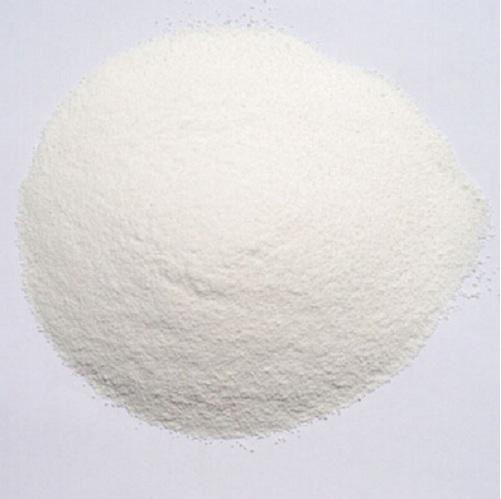

 China
China
